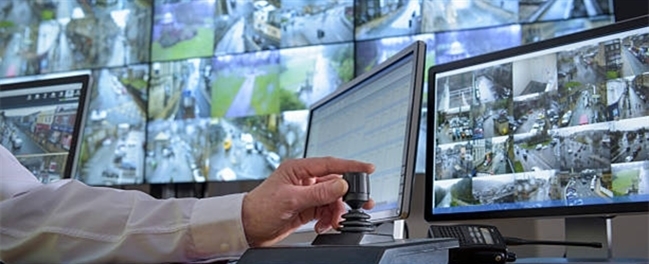
One of the most annoying situations in an enterprise is that the fire alarm system continuously triggers false alarms. Put yourself into the shoes of a security guard in such an enterprise. Normally, when a pre-alarm notification is received from the system, you have to go to the field and inspect whether there is really a fire. However, too many false alarm notifications are received and so, you start ignoring these alarms and do not go to the field for inspection, assuming that all pre-alarms are actually false. In fact, you get overwhelmed by the frequent false alarms and decide to disable the system in part or in full. This is a situation that should never happen, because the fire alarm system in an enterprise would become a "false shepherd" in this way, and even deactivate it, as it would bring the risk of loss of life and property as a result of failure to evacuate and make intervention in time in case of a real fire.
are the main factors for the occurrence of false alarms.
A few examples about the reasons for false alarms are listed below with more details:
Smoke detection in the environments where there are particles such as dust, dirt and steam etc. in the air may cause false alarms because these particles in the air are perceived as fire smoke. Although active aspirating smoke detection that uses filters depending on the density and size of the particles in the environment reduces the risk of such false alarms, it will not be able to completely prevent them. In such environments, making point type or linear temperature detection instead of smoke detection or the use of beam type smoke detectors with UV/IR sensors that can distinguish fire smoke from other particles will prevent false alarms.
If the heat detection devices detect the increase in ambient temperature for a reason other than fire, this causes false alarms. This may occur particularly in the areas where there are heating systems that emit hot air or devices such as furnaces and ovens. To prevent this situation, it would be suitable to use intelligent type heat detection systems that can distinguish fire-related heat increases from those heat increases caused due to any other reason, and that can decide whether there is a fire or not.
If flame detectors are selected in a type not suitable for the ambient characteristics during the design phase, they may trigger false alarms. For example, the flame detectors with UV (ultraviolet) sensors may trigger false alarms when they are exposed to sunlight, light caused by welding process, lightning rays, electric arcs and the light emitted by halogen lamps. It would be the right solution to use UV sensor flame detectors indoors where such risks do not exist, and to use multi-spectrum IR flame detectors in such areas where a risk of false alarms exists.
Pressing the pull stations in the absence of a fire incident is also among the reasons for false alarms. To prevent this situation caused by erroneous and unconscious use, the people in the facility should be informed that they should press these buttons only in case of an alarm. Besides, using the buttons activated not with a single movement, but with 2 movements (such as breaking the glass and pulling a lever) is also a measure that can prevent accidental pressing.
If a fire alarm system triggers false alarms continuously, it is necessary to identify the cause of false alarms and eliminate these causes, instead of ignoring the alarms triggered or disabling the system. Otherwise, the facility will be vulnerable to fires. For example, the wiring in the area where false alarms are triggered continuously should be checked to identify whether there is an error in the wiring installation, and if there is an error, the relevant error should be fixed.
The most effective way to prevent false alarms is the integration of the fire alarm system and CCTV system. Thanks to the IP CCTV system that will operate in integration with the fire alarm system available in the facility, the camera video of the area where a fire pre-alarm is triggered will be instantly displayed on the screen of the security guard. Particularly the cameras that have advanced image analysis capability can detect the breakout of a fire at a very early stage. In this way, it will be possible to instantly detect whether the triggered alarm is actually related to a fire or whether or not it is a false alarm, without needing to go to the relevant area.
The design and operation of the fire system to be installed in accordance with the EN 54-14 Standard and the Regulation on Fire Protection of Buildings and the execution of faultless wiring and installation and timely and complete maintenance of the system will minimize the occurrence of false alarms. Does the fire alarm system in your enterprise frequently trigger false alarms? What are the measures that you take against this situation and the solutions that you find?